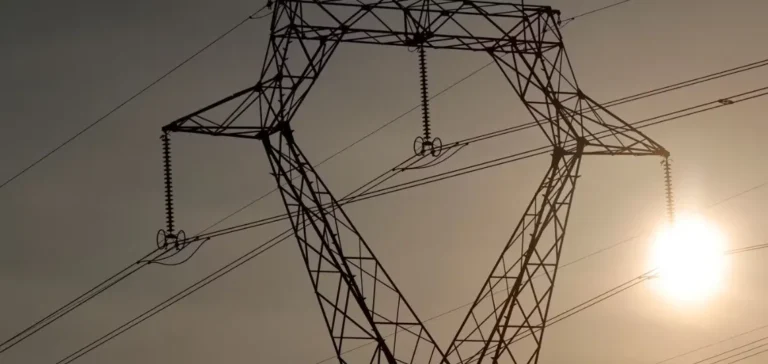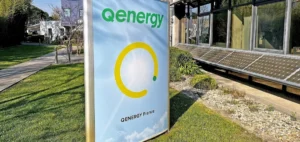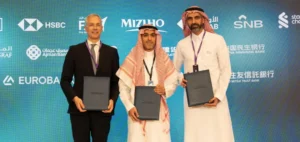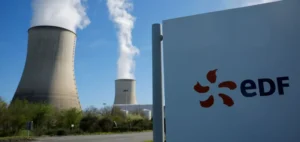A computer modelling tool called Macro, designed by a research team affiliated with the Massachusetts Institute of Technology (MIT), has been introduced as a response to the growing challenges faced by energy infrastructure planners. The software enables users to explore various scenarios for the evolution of energy systems, integrating interdependencies between industrial sectors as well as political, technological, and economic constraints. Macro was developed in collaboration with Princeton University and New York University, as part of a philanthropically funded project.
A model designed for energy decision-makers
Macro is primarily aimed at grid planners, public regulators, and researchers, offering the ability to simulate complex energy systems with higher precision than traditional models. It incorporates data on generation units, projected demand, emerging technologies, and policy constraints, allowing users to test different long-term infrastructure development scenarios. According to the team, this approach could help optimise costs while ensuring supply reliability.
Unlike previous tools such as GenX or DOLPHYN, also developed at MIT, Macro allows for higher resolution and better handling of cross-sector interactions. For instance, it can separate the electricity transmission network from the rest of the model to solve it independently using artificial intelligence techniques, thereby improving overall accuracy.
Modular architecture and simplified usage
The model architecture is built around four core components that describe key actions within an energy system: transfer, storage, transformation, and network interaction. This structure enables modelling of electricity systems, commodity supply chains, or data flows. The software can be run on high-performance computing clusters, breaking down large problems into smaller, parallelisable subproblems.
The developers placed strong emphasis on user accessibility. A taxonomy of users was created to distinguish between non-technical users, specialised analysts, and advanced developers. Common tools such as Excel can be used to input data, and a graphical user interface is currently under development to reduce reliance on coding.
Towards real-time use for public policy
Macro could also serve as a basis for designing energy policy. Professor Christopher Knittel of the MIT Sloan School of Management is working on an emulator based on Macro, capable of delivering approximate results within seconds. This streamlined version would allow decision-makers to quickly explore different regulatory options before validating assumptions using the full model.
The tool is released as open-source software for both academic and commercial use. It has already been tested in the United States, South Korea, India, and China, where several teams are developing regional models based on the platform. This international deployment aims to support more effective energy planning in various contexts, tailored to the specific needs of each country.






















